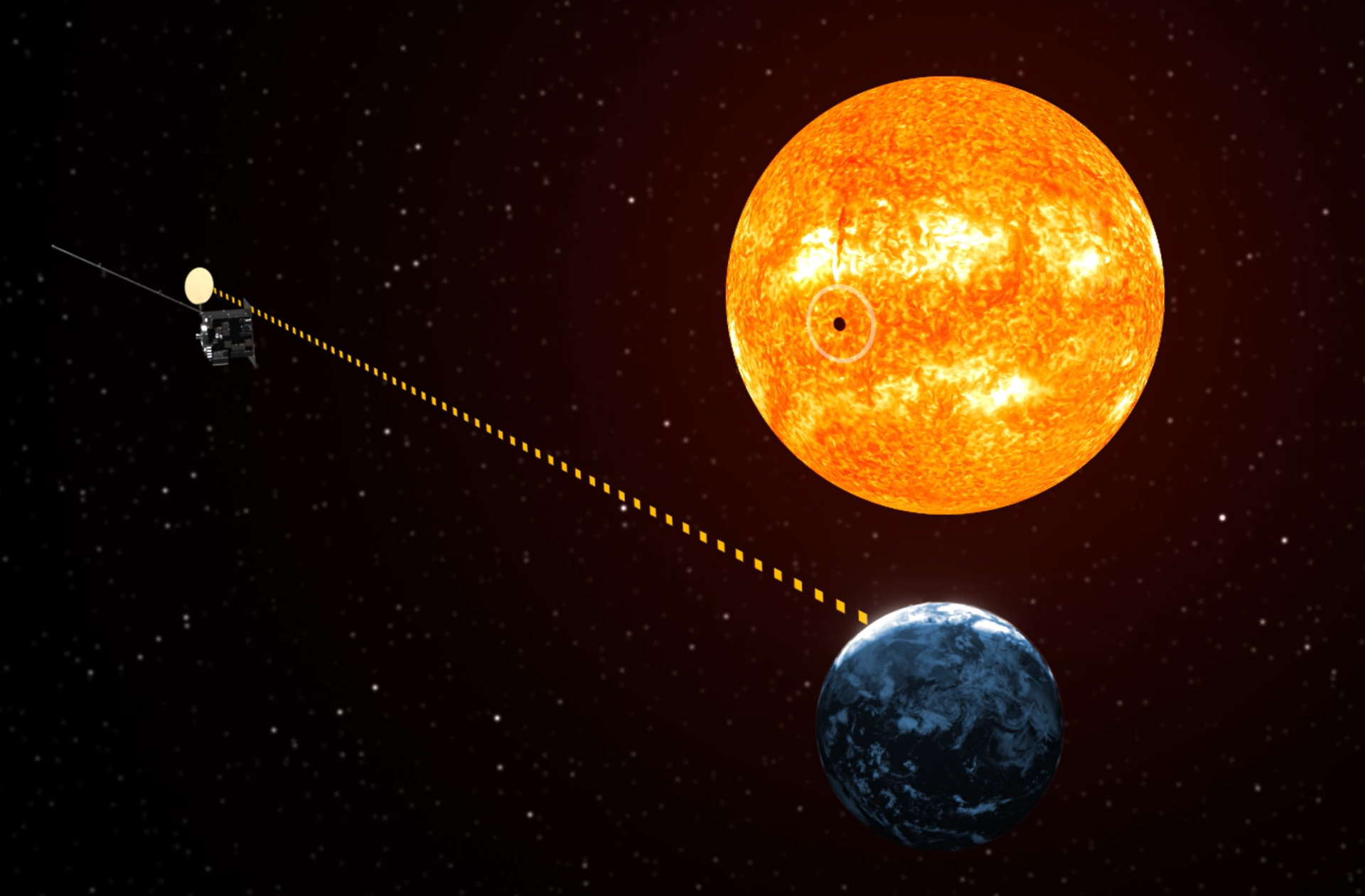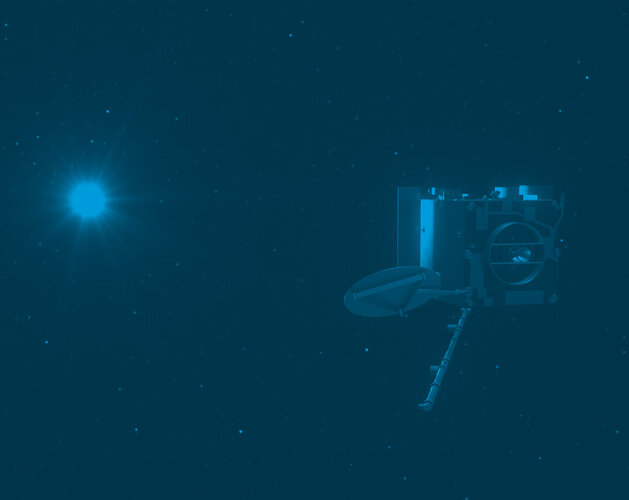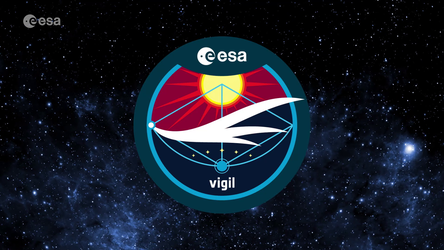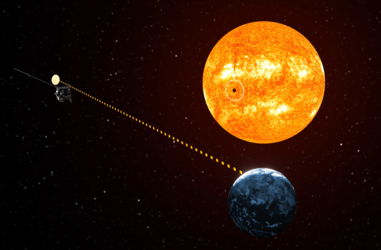Airbus to build ESA’s Vigil space weather forecasting mission

ESA has signed a contract with Airbus Defence & Space UK worth €340 million for the development of its Vigil satellite. From its unique vantage point in deep space, Vigil will greatly improve our early warning of severe space weather events such as solar storms that may cause disruption on Earth.
Today, a declaration celebrating the concluding of the Vigil mission contract was signed by ESA, Airbus Defence & Space and the UK Minister of State for Science, Research and Innovation at the Royal Museum of Fine Arts in Brussels.
“Vigil will be Europe’s first 24/7 operational space weather satellite, providing valuable time to protect critical infrastructure such as power grids or mobile communication networks on Earth as well as valuable satellites in Earth orbit, including the International Space Station ISS,” says ESA Director General Josef Aschbacher. “Vigil will drastically improve both the lead time of space weather warnings as well as their level of detail from its unique vantage point in deep space.”
“Vigil is one of the most exciting and important space missions that will not only improve our understanding of the Sun’s behaviour but crucially provide us with earlier warning and greater precision about potentially damaging solar weather,” says Patrick Wood, Head of Space Systems UK, Airbus Defence and Space. “Space weather forecasters will be able to see what is coming from the Sun and provide more accurate alerts.”
“Space weather generates stunning phenomena like the recent displays of the ‘Northern lights’ over our skies - but it also presents a real risk to our way of life which is increasingly dependent on space and satellite services,” says Andrew Griffith MP, Minister for Space at the Department for Science, Innovation and Technology. “The Vigil mission will transform our understanding of the impact of potentially dangerous solar events and I congratulate Airbus here in the UK on taking the lead in this important mission.”

Vigil will continuously deliver near real-time data on potentially hazardous solar activity before it is detectable from Earth. Vigil’s operational data from deep space will give operators of satellites, power grids and telecommunication systems time to take protective measures, and give human space explorers time to get to safety.
“Without warning, space weather storms can cause potentially serious health problems for astronauts and the economic impact of space weather can be extensive, especially as we come to rely more and more on critical technologies underlying navigation, banking, aviation, power grids and telecommunications,” says Holger Krag, Head of the Space Safety Programme at ESA.
“Depending on the severity of an event, damage estimates range from multiple billions up to three trillion euro in case of an event of comparable magnitude as the biggest one we know, the 1859 Carrington Event.”
Vigil: space weather forecaster
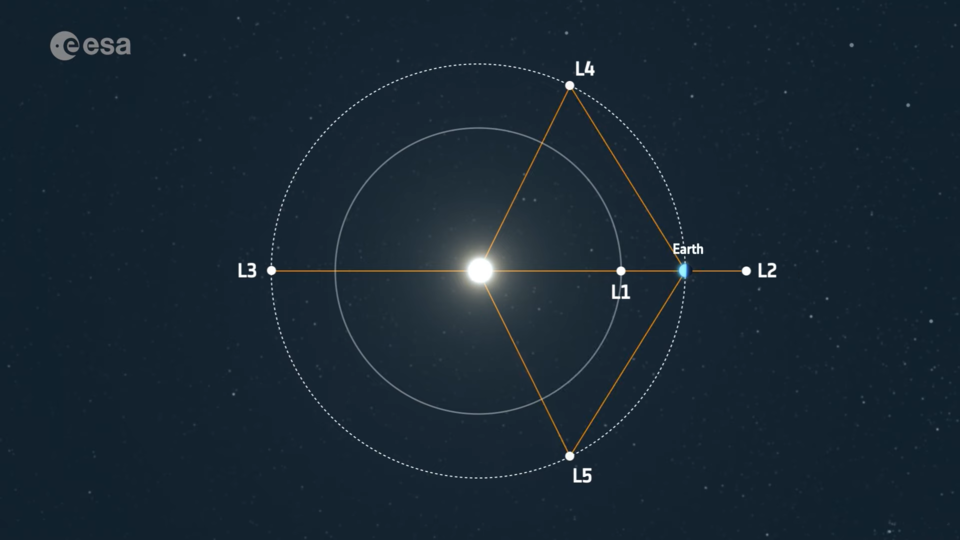
Vigil will keep constant watch of the Sun from the Lagrange point L5 in deep space. From there it can see the ‘side’ of the Sun and observe activity on the surface of the Sun days before it rotates into view from Earth.
“Vigil will continuously feed data into operational space weather services and further solar science at the same time. Vigil is also equipped with scientific instruments that will bring its own space weather services to a new level as they fuel further improvement of its forecasting abilities.” explains Giuseppe Mandorlo, Vigil Project Manager at ESA.
“Data from Vigil can give us an unprecedented notice of up to four to five days for certain space weather effects traveling to Earth. And from its vantage point from the ‘side’, Vigil can also observe much more clearly the speed, direction and chance of impact of coronal mass ejections (CMEs).”
The data collected by Vigil will feed into the ESA Space Weather Service Network, maintained by ESA’s Space Weather Office, part of the agency’s ambitious Space Safety Programme.
“The need and appetite for space weather services is growing as the potential impact of space weather events becomes more critical with our increased dependence on satellites in space.” says Alexi Glover, Space Weather Service Coordinator at ESA.
“The data from Vigil at L5 will be combined with available data from the Sun-Earth line, resulting in more detailed and precise forecasts for our end users across many industries. This enables them to respond as early as possible to protect Earth’s infrastructure, satellites, inhabitants and astronauts.”
Vigil spacecraft and instruments
The spacecraft has been designed to thrive in the harsh environment of deep space, including the ability to withstand severe space weather itself, up to the size of the Carrington Event.
The spacecraft and its subsystems are uniquely designed to be able to process the instrument data for an optimal and efficient long-distance data transfer to Earth from deep space without interruption.
Airbus Defence & Space will build Vigil’s space segment as its prime contractor, including the design, development, integration, test, launch campaign and in-space commissioning of the satellite platform and payloads. The spacecraft will be assembled at Airbus Defence and Space Ltd. in Stevenage, UK.
The payload suite consists of a mixture of imaging and in situ sensing instruments provided by a mixture of European institutes and industrial partners. In addition to the European instruments, Vigil will bring two instruments from the USA, from NASA and NOAA, strengthening international collaboration.
The Vigil payload will consist of the following instruments:
- Photospheric Magnetographic Imager (Germany), Max Planck Institute for Solar System Research (MPS)
- Heliospheric Imager (Italy, Belgium), Leonardo SpA/CSL, Belgium
- Compact Coronagraph (USA, NOAA), Naval Research Lab
- Plasma Analyser (UK), Mullard Space Science Lab
- Magnetometer (UK/Austria), Imperial College London/IWF Graz
- Extreme ultraviolet (EUV) Imager ‘JEDI’ (USA, NASA), prime contractor under final selection
Vigil is planned for launch in 2031.

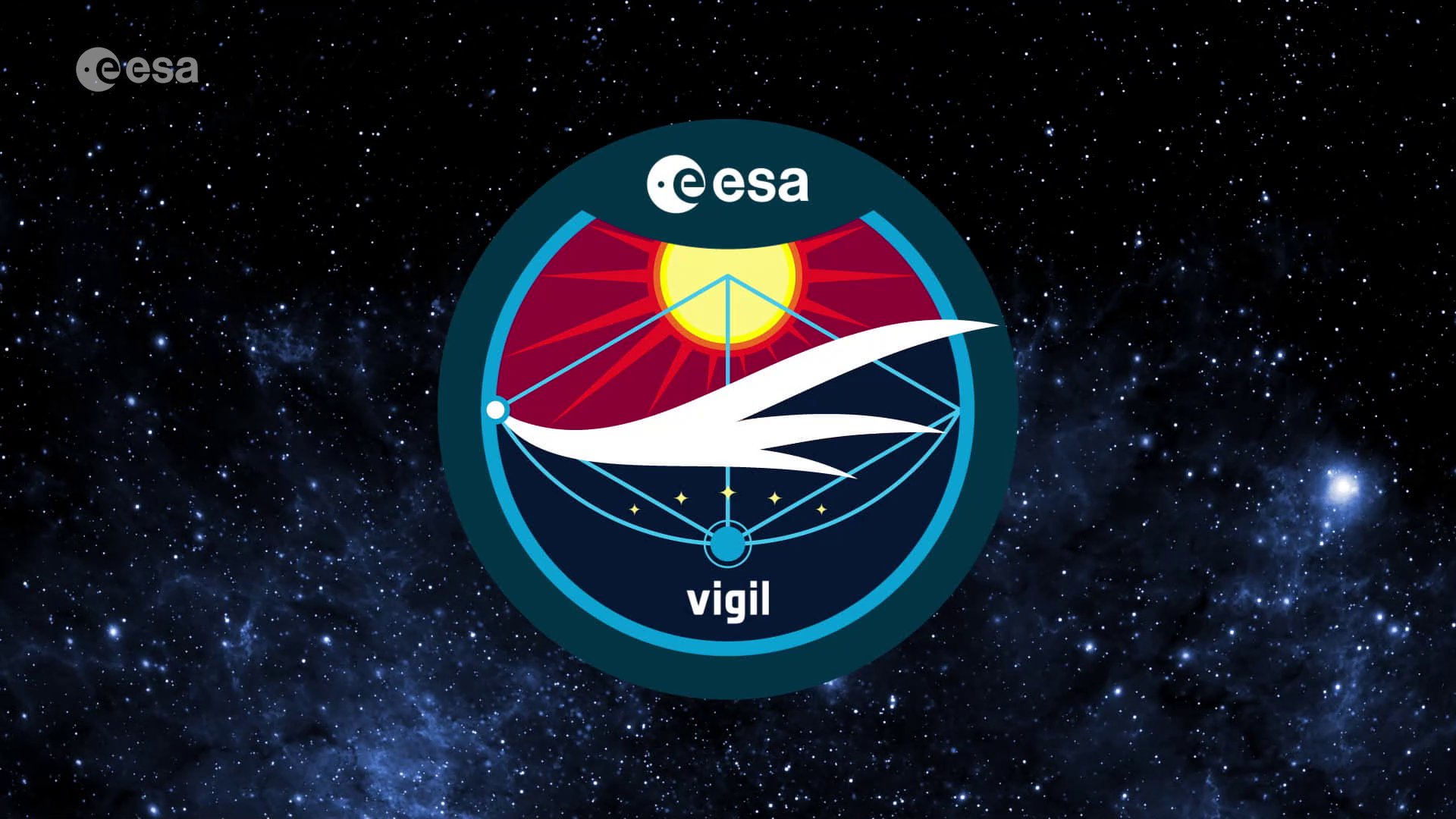
Access the video


